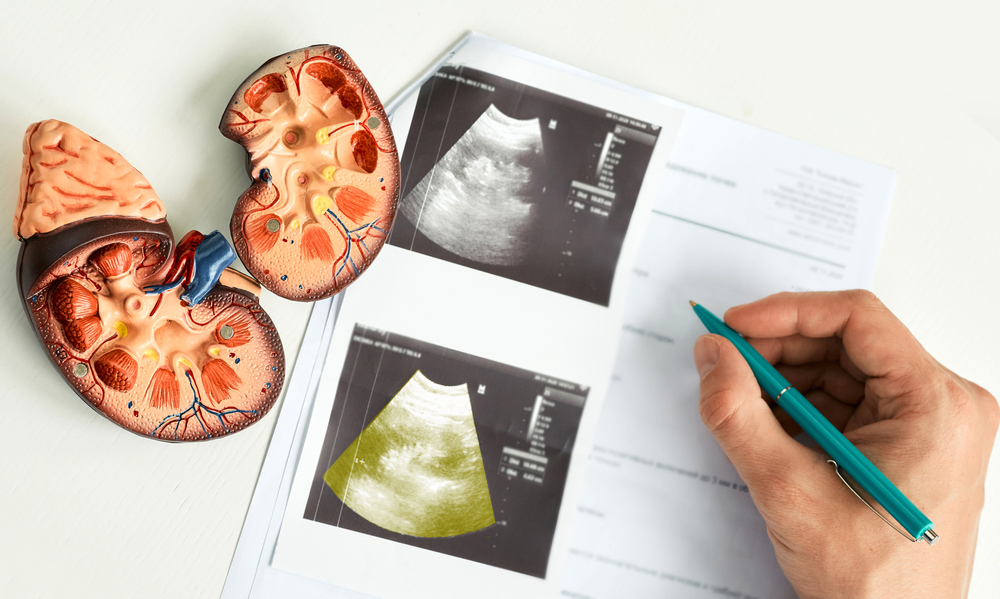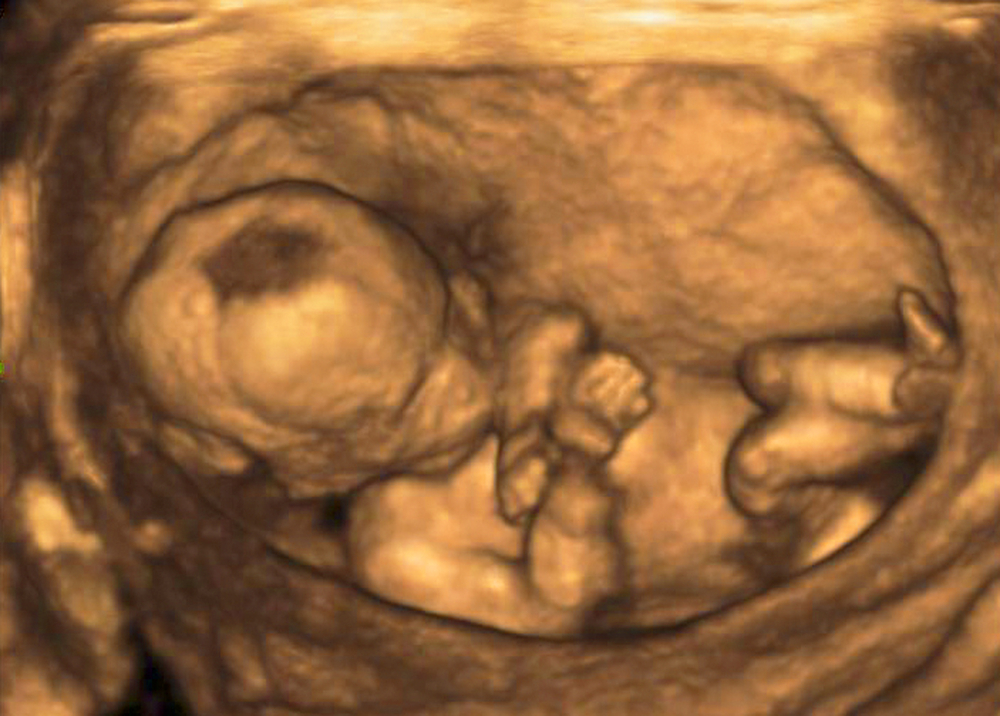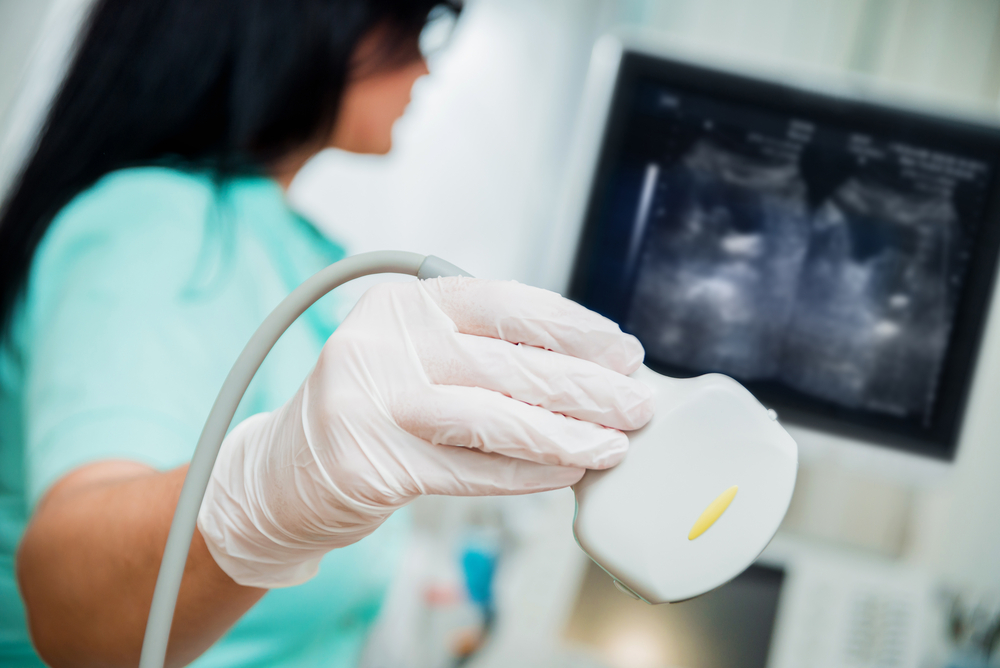The Role of Contrast-Enhanced Ultrasound in Liver Diagnosis

Contrast is among the chief variables affecting the diagnostic integrity of ultrasound imaging. The ability to leverage image density into a representation of the organ under study, via contrast, helps diagnosticians determine exactly what they’re viewing. This is the purpose of contrast-enhanced ultrasound (CEUS), and it’s particularly useful for examining organ systems that are notoriously difficult to image and diagnose, including the liver.
What is CEUS?
When ultrasound waves travel through the body and echo back to a probe, they provide context for the density, elasticity, and depth of tissue. But there are certain areas of the body that are traditionally difficult to image because of low variability in tissue density. This is where CEUS changes the game.
A contrast agent — usually microbubbles or nanobubbles of oxygen or nitrogen gas — has lower density than tissue. When injected into the body, these bubbles travel through the blood stream and into organs like the liver, spleen, kidneys, or pancreas, making it easier for clinicians to view them with an ultrasound. The difference in density from surrounding tissue provides a remarkably clear picture of the organ under examination.
First generation CEUS was limited to microbubbles of oxygen, but now clinicians have access to specially formulated contrast agents specifically designed to provide maximum density imaging. Today’s CEUS imaging rivals the clarity of CT or MRI scans.

CEUS in modern ultrasound
Abdominal organs are difficult to depict with traditional ultrasound, especially in patients with a higher body mass index (BMI). CEUS is a staple in modern abdominal ultrasound, and it’s become the standard for liver diagnostics. Clinicians use CEUS to measure blood flow to the liver and scan for lesions and other signs of cirrhosis.
CEUS is also a popular diagnostic method for checking the health of a patient’s spleen or kidneys, which can also suffer from lesions or blood flow problems. Many clinicians use contrast agents to provide a more definitive diagnosis for serious conditions affecting these vital organ systems, including:
- Cancerous and noncancerous lesions
- Organ infection or cancer
- Organ failure or debilitation
- Tumor response to therapy
Because CEUS allows clinicians to view blood flow to vital abdominal organs, it’s an invaluable tool for determining where and why specific problems are present.
CEUS for liver diagnosis
While contrast agents shed light on a host of problems across organs in the lymphatic and endocrine systems, its most prevalent application is liver analysis. The liver’s placement in the body and proximity to similarly dense tissues and organs can make it challenging to image — let alone diagnose. Without enhanced visibility, it can be difficult to tell if the liver is fatty or developing lesions, if cirrhosis has set in, and to what degree.
CEUS provides incredible clarity for liver imaging because of the tremendous blood flow occurring to and from this organ — specifically, oxygenated blood from the hepatic artery and nutrient-rich blood from the hepatic portal vein. The liver holds about 13% of the body’s blood at any given time, which makes CEUS highly effective for delivering clear diagnostic images.
CEUS is also an incredibly quick, efficient, and noninvasive way to gather critical liver data. Traditional diagnostic methods are either invasive, like a liver biopsy, or prohibitively expensive, as with an MRI. Both can take time to deliver results, but with CEUS, clinicians can achieve an informed liver diagnosis in an average of 30 to 60 minutes.
A better view
Contrast is critical for imaging vital organs, including the liver, because it allows for the most accurate view of lesions, tumors, and other anomalies. CEUS offers a clearer view of abdominal organ systems, which is a game-changer for patients who might otherwise need more invasive, costly, or time-consuming diagnostic procedures. But by, and because of, stark contrast, CEUS has become the standard of care for abdominal imaging.

